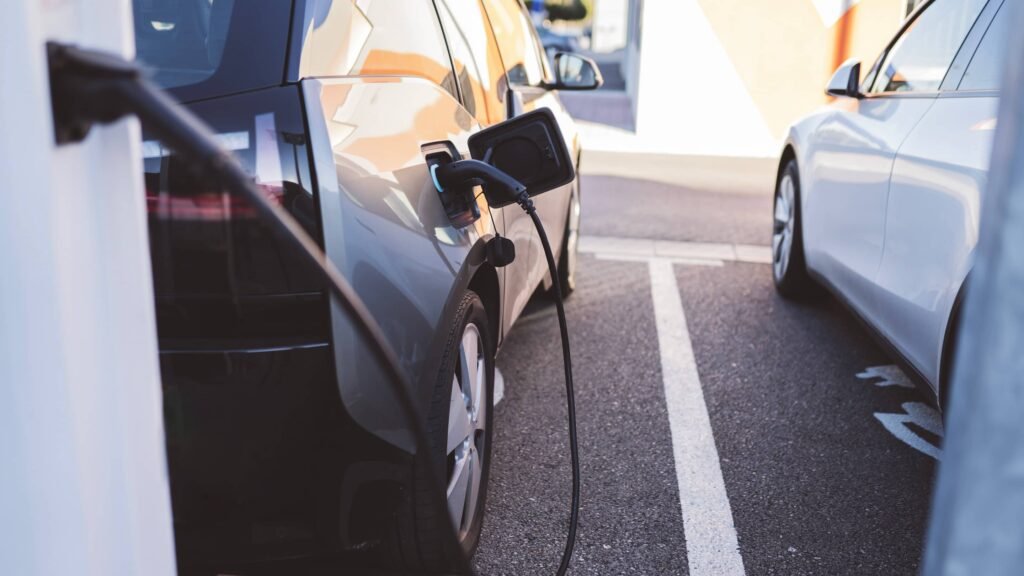According to a report titled ‘Electric Vehicles: Future of Last-Mile Deliveries in India,’ published today by the Boston Consulting Group, electric vehicles (EVs) are quickly emerging as the vehicle of choice across multiple applications, and the organised last-mile delivery space is likely to dominate 25% of sales by 2025.
To decode this space, BCG conducted extensive primary and secondary research, interviewing 40+ industry experts, including senior executives from OEMs, delivery platforms, energy & battery players, and EV asset operators. Over 50 EV drivers were interviewed in order to better understand usage patterns and on-the-ground challenges. The report discusses the reasons for the popularity of EVs in the organised last-mile delivery market, the emerging shifts in market dynamics, and the actions that the EV ecosystem’s key players must take to capitalise on this opportunity.

The numerous ‘Proof of Concepts’ (PoCs) being conducted and the ambitious fleet electrification commitments by key players in food, grocery, and e-commerce delivery indicate the growing popularity of EVs in the last mile delivery segment.
According to the report, the environmental benefits of EV deployment are not the only determinants, but financial benefits in the long run due to lower total cost of ownership (TCO) over internal combustion engine (ICE) vehicles also play a significant role. Furthermore, various regulatory measures implemented by the federal and state governments in the form of subsidies and adoption mandates are driving factors in EV adoption.
According to the report, driver owners have lower ownership due to higher upfront costs, perceived uncertainty about technology, range anxiety, and a lack of awareness of TCO benefits. These factors have paved the way for EV asset operators to purchase vehicles and lease fleets.

Vehicle models are no longer chosen solely based on dealer recommendations; end-customers, such as e-commerce and food delivery platforms, act as influencers and drive fleet vehicle selection. They run pilot programmes with original equipment manufacturers (OEMs) to identify the best-suited models for their usage and unit economics, and then make purchase recommendations based on that information. OEMs must consider this trend when developing market strategies.
According to research, there is a higher demand for 2-wheelers, which are used for both delivery and personal use. Delivery personnel have specific requirements, such as ample storage space, good pickup even when carrying a heavy load, customizations such as a backrest for extended use, and the ability to use the vehicle for personal commuting after work. As a result, the purpose of end-users must be considered in vehicle design.
Also Read:


